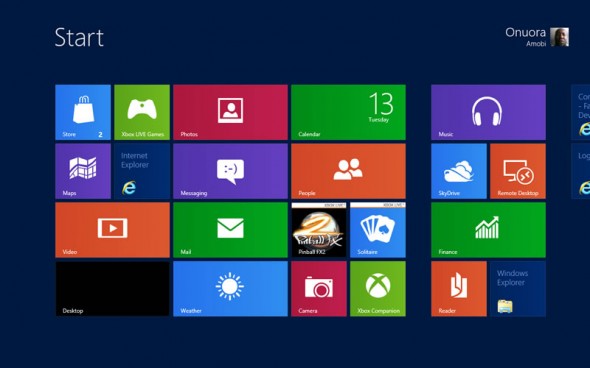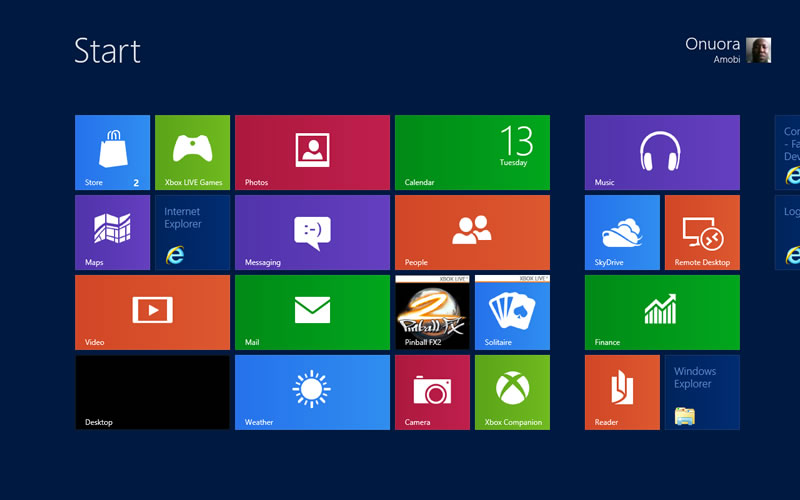
iOS and Android should be worried. Microsoft’s biggest and most radical step into mobile computing is on the verge of release, and developer previews of the company’s modernised OS appear to predict good things. It’s a good time for Microsoft to have invested so much energy in to making a truly stellar OS, as the company has seen its market share plummet in the face of competitor software. In this article, I’ll argue that the real reason Microsoft has seen such stiff competition is because the consumer technology market has shifted from standalone licensed products to a more end-to-end ecosystem-based environment. I’ll also argue that some of the facets of Windows 8 are going to yield big results in tackling the ecosystem sector.
Apple realised, shortly after releasing the iPhone in 2007, that there was a thriving development community who were itching to build stuff for the device. Moreover, much of this development community had no outlet for their very specific skill-set, and nowhere to sell their products. Realising that involving them in the software creation process could be spectacularly lucrative, Apple opened an ‘agency model’ App Store: developers sell their products, and Apple takes 30 percent off the top. The App Store now accounts for a significant proportion of Apple’s revenue, and keeps customers with the platform – Apple announced recently that they held 400 million credit-card enabled accounts.
Tech companies noticed this trend, and scrabbled to compete. Most successful was Google, through the Android Play store. Because of the growing popularity of its own OS, an App Store was a complementary product: the expansion of both drove the expansion of each other. On the other hand, not everyone was so pleased. Nokia’s OVI store was a flop, and the Windows Phone Store saw very little interest. Much of this was due to the lacklustre design and performance of the two associated operating systems. So, a solid operating system, combined with a solid app store, makes for big gains.
And this is exactly what Microsoft is looking at releasing shortly: a stellar operating system with a wealth of platform-specific apps behind it. For the main, Microsoft will allow the same flexibility in usage as it’s always offered in the past; it’s hardware agnostic, so tablets or ultrabooks from a variety of manufacturers will be able to make use of it.
In addition, I am convinced that Microsoft’s other arm of Windows 8 – Windows 8 on ARM – has the potential to do very, very well indeed. Windows 8 on ARM is a much more locked-down version of Windows. It’s not backwards-compatible, and it only runs on a very elite group of tablets.
So what’s to like? Well, being not backwards-compatible and elite never hurt Apple or Google. Why? Because along with trimming down choices comes a narrowing of focus. Windows on ARM will start out with Office – Microsoft’s vastly popular productivity suite – preinstalled, which neither of its competitors can match. What’s more, the only programs you’ll be able to install on phones or tablets carrying Windows 8 on ARM will be through the Microsoft app store. Again, this is a narrowing of choice, a narrowing of focus. Users like ecosystems because they offer every angle, and they’re integrated so they never fall apart. Windows on ARM offers that prospect – and, because it’s low-cost, and it’s on a wide range of tablets and other devices, and, perhaps most crucially, it comes with Office preinstalled, it’s likely to be extremely competitive indeed. Watch this space.

